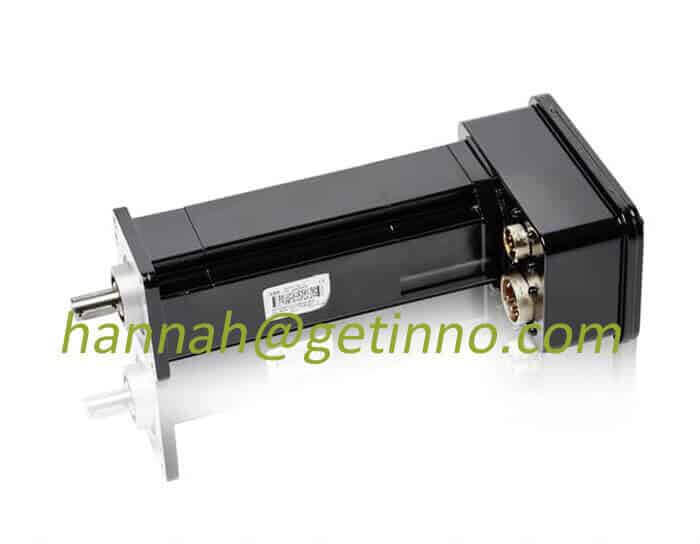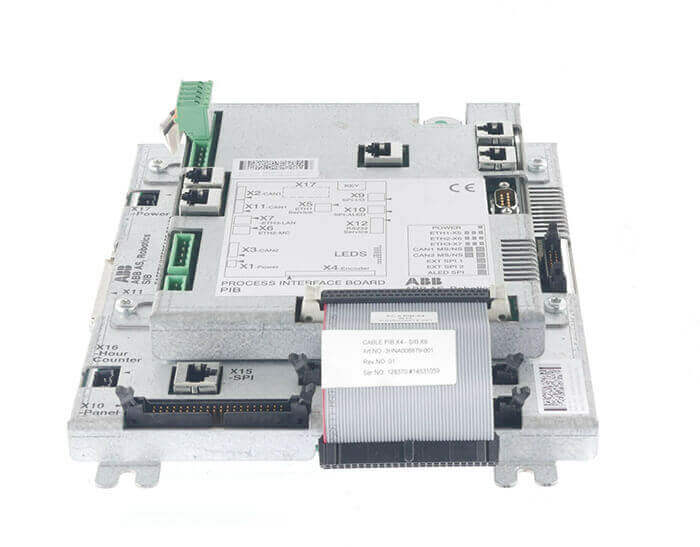Robot technology will achieve new breakthroughs in the “Industry 4.0” era
With the increase in labor costs, the profit margin of traditional manufacturing is further compressed, and companies can only obtain greater profit returns by cutting costs.
In recent years, multi-joint Industrial Robots have been widely used in manufacturing industries such as welding, assembly, polishing, inspection and packaging. With the breakthrough development of driverless technology, mobile robots began to rise rapidly. These mobile platforms with autonomous navigation capabilities can reach all corners of the factory and easily complete the handling tasks of various materials, semi-finished products or finished products, which greatly reduces the input of enterprise labor costs.

Handling of materials and products is a very common job in manufacturing workshops, and the completion of a production task may require a large amount of goods circulation. If these tasks are handled manually, it is not only inefficient, affecting delivery time, but also prone to personal injury. Especially for the younger generation, they are more reluctant to engage in such low-end, boring, low-paying jobs, and may even have bad moods.
Compared to traditional human labor, mobile robots are less expensive. At present, the price of a better mobile robot is around 200,000-300,000 yuan, and the annual salary of 80,000 yuan to recruit a general worker is 160,000 yuan in two shifts. Then, if handled with a mobile robot, it pays for itself in less than two years. With the continuous breakthrough of domestic core components, the cost of robot products is greatly reduced, and the use of robots will be more cost-effective than manpower.
In addition, mobile robots are more flexible than traditional handling equipment in terms of flexibility. The new generation of mobile robots adopts the laser SLAM navigation method and has the function of autonomous obstacle avoidance without laying fixed rails or magnetic strips. This saves a lot of trouble in deployment, especially when changing the process, it only needs to rebuild the map and plan the route inside the robot, which further saves the cost of factory deployment.
At present, mobile robots are mainly used for the transportation of production materials in the manufacturing process, including the loading from the warehouse to the production line, the circulation of defective products from the production line to the production line, the inspection and inspection of semi-finished products, and the transportation of finished products. The use of mobile robots is not only to reduce the labor cost of enterprises, but also to comply with the general trend of intelligent manufacturing transformation and upgrading, so that factories can meet the needs of equipment networking, monitoring and analysis under the Industry 4.0 mode.
Mobile robots are deeply used in various scenarios.
In a high-speed production line, the delay of any one station will affect the efficiency of the entire production line, so the production manager must ensure the efficient and stable supply of materials in each production link. At present, the speed of mobile robots can reach 2 meters per second, which can provide efficient material transportation. In the mode of Industry 4.0, the production line may change product types frequently, and flexible production lines are necessary. Mobile robots can plan autonomously and realize point-to-point handling, which will play a huge role in flexible manufacturing.
Currently, there are several application scenarios for mobile robots in the workshop. The first is truck handling. For example, mobile robots transport ingredients to the warehouse area for storage, or send them to the distribution area for manual or automatic sorting, and then pull them to the loading point for backup. The whole process is carried out under monitoring, and the operator can flexibly adjust and optimize the running path of the equipment to achieve higher efficiency.
The trend of disappearing demographic dividend is irreversible, and traditional manufacturing will lose its advantage. Intelligent manufacturing models based on technologies such as robots and the internet of Things will be the core competitiveness of future factories. Facing the ever-changing market demands, traditional factories must transform into smart factories to further improve the automation and flexibility of production lines, so as to flexibly handle small-batch and multi-batch production tasks, and use new-generation information technology to maximize production line benefits.
Robots will be widely used in factories of the future, but they are not exactly a replacement for machines. At least from the current situation, unmanned production lines are still difficult to achieve. Therefore, human-machine collaboration will be the general direction of the future manufacturing industry, and robots will cooperate with workers to better complete production tasks.
In addition, the Industry 4.0 model will become the mainstream of the future manufacturing industry, including artificial intelligence, Internet of Things, virtual reality, roboticsserver Driverand many other technologies. As an important part of Industry 4.0, mobile robots are developing in the direction of high speed, high precision, more openness, flexibility and intelligence, and will be better integrated into intelligent production systems in the future.
The Links: SGDR-SDA950A01B-E 3HAC044075-001 ELECTRONIC
Pre: Industrial robots set off another boo... Next: Delta launched the first Net-Zero con...




